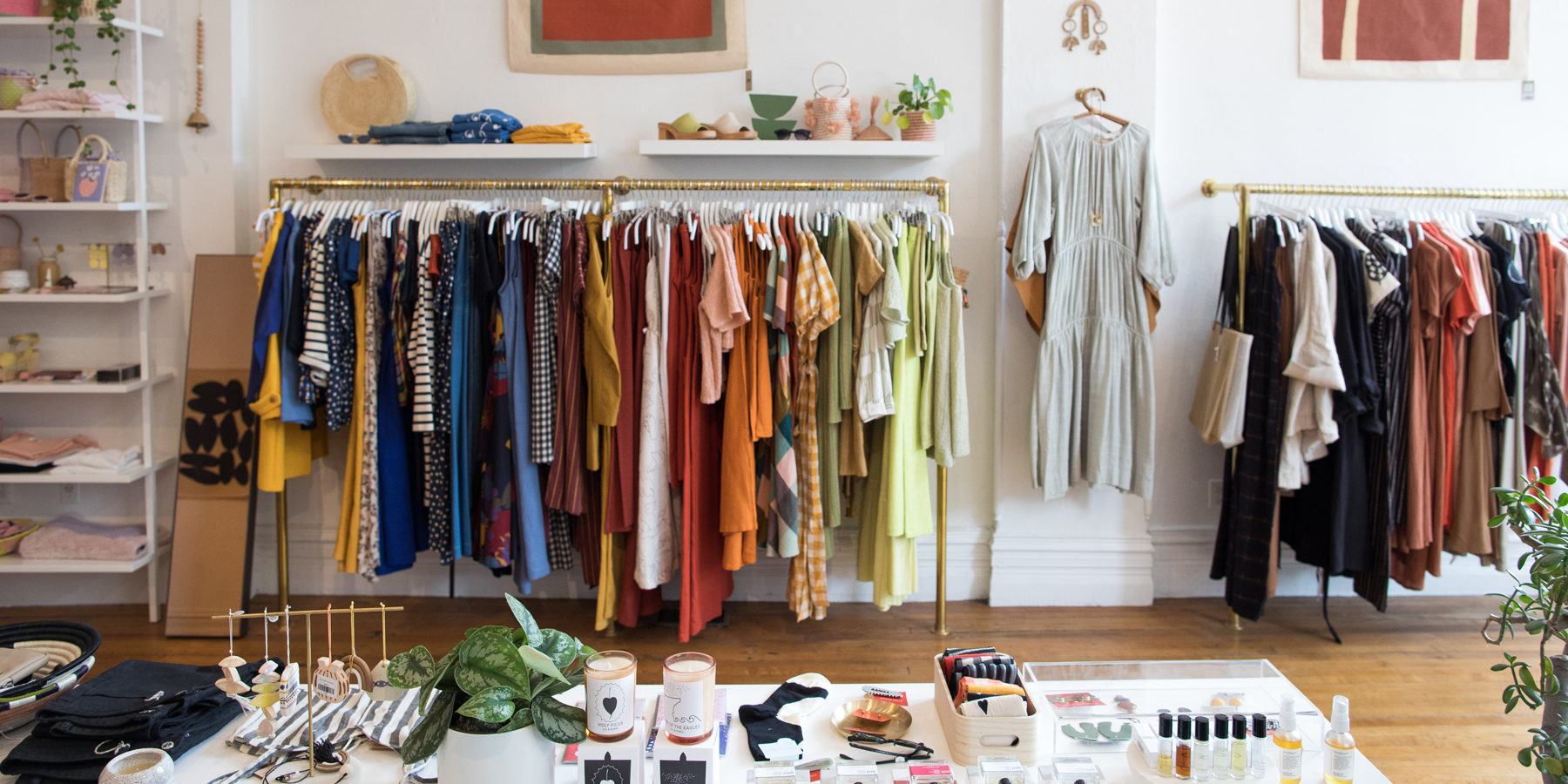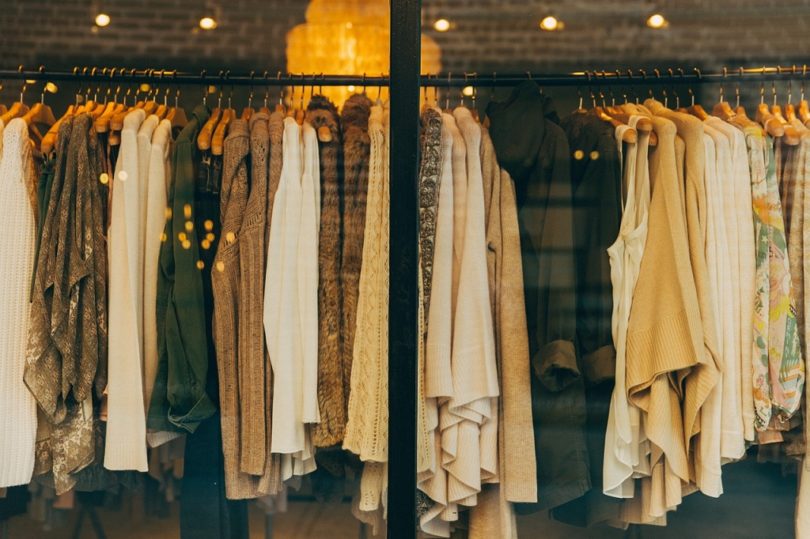A Deep Study the Globe of High-Fashion Runways: Understanding Clothing as Art
High-fashion paths have emerged as sectors where clothing transcends its utilitarian beginnings, developing right into an innovative form of creative expression. Developers, similar to masterful musicians, weave intricate stories via color, fabric, and kind, testing traditional standards and redefining appeal criteria. These programs are greater than mere screens; they are immersive experiences, where every stitch and seam informs a story abundant with cultural importance and avant-garde development. As we explore these sartorial eyeglasses, we must consider: what duty does fashion play in forming social worths, and just how does it show the ever-changing tapestry of human emotion and identification?
The Advancement of Runway Shows
The trajectory of path shows has changed considerably over the decades, developing from unique market occasions to captivating spectacles that mix fashion with art. Commonly, path programs made love affairs, kept in ateliers or little places, mainly participated in by buyers and industry insiders. These very early discussions concentrated on the garments' craftsmanship and commercial practicality, supplying a straight and functional display screen of seasonal collections.
As the fashion industry increased, the nature of runway programs began to transform. The 1970s and 1980s noted a turning point, with designers seeking to identify themselves via even more theatrical presentations.
In the last few years, technology and social networks have actually better changed path programs, making them obtainable to a worldwide target market. Livestreaming and digital systems have actually democratized style, allowing fanatics worldwide to witness these events in real-time (boutique fashion). This evolution shows a more comprehensive social shift, where high-fashion runways work as a vibrant crossway of style, efficiency, and technology
Designers as Enthusiast Artists
Developers in the high-fashion market have obscured the lines in between functional garment production and the conceptual world of art. By embracing artistic disciplines such as sculpture, paint, and progressive setups, developers craft garments that test traditional fashion standards and raise them to art kinds.
Visionary designers attract ideas from a myriad of resources, including abstract art, historic recommendations, and personal narratives. They possess a special ability to visualize and appear ideas that push the limits of traditional style, frequently redefining aesthetic standards in the process. This imaginative resourcefulness is showcased via dramatic silhouettes, innovative materials, and complex workmanship, which welcome viewers to experience fashion as greater than just wearable things.
In addition, the path works as a canvas for these artists, where lights, songs, and established design coalesce to create immersive experiences. These presentations are not just screens of garments however are coordinated efficiencies that stimulate emotion and provoke thought, attesting the developer's function as a true artist in the modern social landscape.
Cultural Impacts in vogue
Social tapestry weaves its intricate patterns right into the textile of fashion, affecting designers worldwide. The dynamic interchange of social tales, customs, and signs notifies and inspires collections that elegance high-fashion runways.
The influence of culture on fashion is usually seen in the reinterpretation of standard garments and patterns. The use of Japanese kimonos, Indian saris, or African prints in modern fashion shows a mix of social authenticity and modern-day aesthetic appeals. Developers such as Valentino's Pierpaolo Piccioli and Alexander McQueen's Sarah Burton have been recognized to integrate abundant social themes into their couture collections, converting history right into wearable art.

Advancement in Textile and Style
Technology in fabric and layout constantly reshapes the landscape of high-fashion, pushing limits and redefining opportunities. In the last few years, technological advancements have considerably contributed to this development, introducing products that challenge standard assumptions. Textiles ingrained with smart fibers, efficient in altering shade or controling temperature, are no longer constrained to the realm of scientific research fiction. Developers are increasingly discovering the combination of technology, such as 3D printing, which enables the development of intricate structures that were previously unimaginable.
The fashion industry is seeing a surge in the usage of environment-friendly materials, obtained from recycled plastics, natural fibers, and even eco-friendly parts. Developers are welcoming these products to craft garments that are both aesthetically striking and aware of their environmental footprint.
In regards to design, avant-garde silhouettes and speculative types are constantly reinventing the path. By integrating sophisticated strategies and unusual products, developers grow garments that obscure the line in between fashion and art, establishing brand-new criteria for creative thinking and expression in the high-fashion round.
Impact of Fashion on Society
Fashion wields a profound impact on society, offering as both a representation of social click here for more info identity and a catalyst for social adjustment (boutique fashion). Via its development, style has mirrored social changes, encapsulating the zeitgeist of different ages.
Moreover, style has the power to bridge cultural spaces, fostering understanding and admiration among diverse groups. As globalisation accelerates, the cross-cultural exchange of style concepts ends up being progressively substantial, promoting inclusivity and diversity. The surge of streetwear, stemming from metropolitan subcultures, illustrates how style can transcend socio-economic limits, approving people a means of self-expression and empowerment.
Basically, fashion is not simply concerning appearances; it is a vibrant pressure that affects worths, perspectives, and societal progress (boutique fashion). By continuously communicating with social and cultural currents, fashion continues to be an important component of the collective human experience

Conclusion
High-fashion runways act as vibrant arenas where garments transcends functionality to end up being an expressive art form. Developers, similar to visionary artists, orchestrate collections that show identification, emotion, and social stories, challenging standard appearances. The combination of cutting-edge fabric and layout, coupled with sophisticated set designs, lights, and songs, develops immersive experiences that commemorate cultural variety. This crossway of fashion and artistry not just astounds audiences worldwide yet additionally affects societal perceptions and advertises a much deeper appreciation for multiculturalism.

Social tapestry weaves its complex patterns into the fabric of fashion, affecting designers great site worldwide.Style possesses a profound impact on culture, serving as both a representation of social identification and a driver for social change.